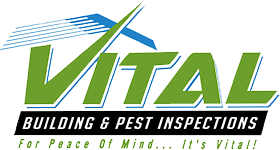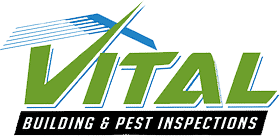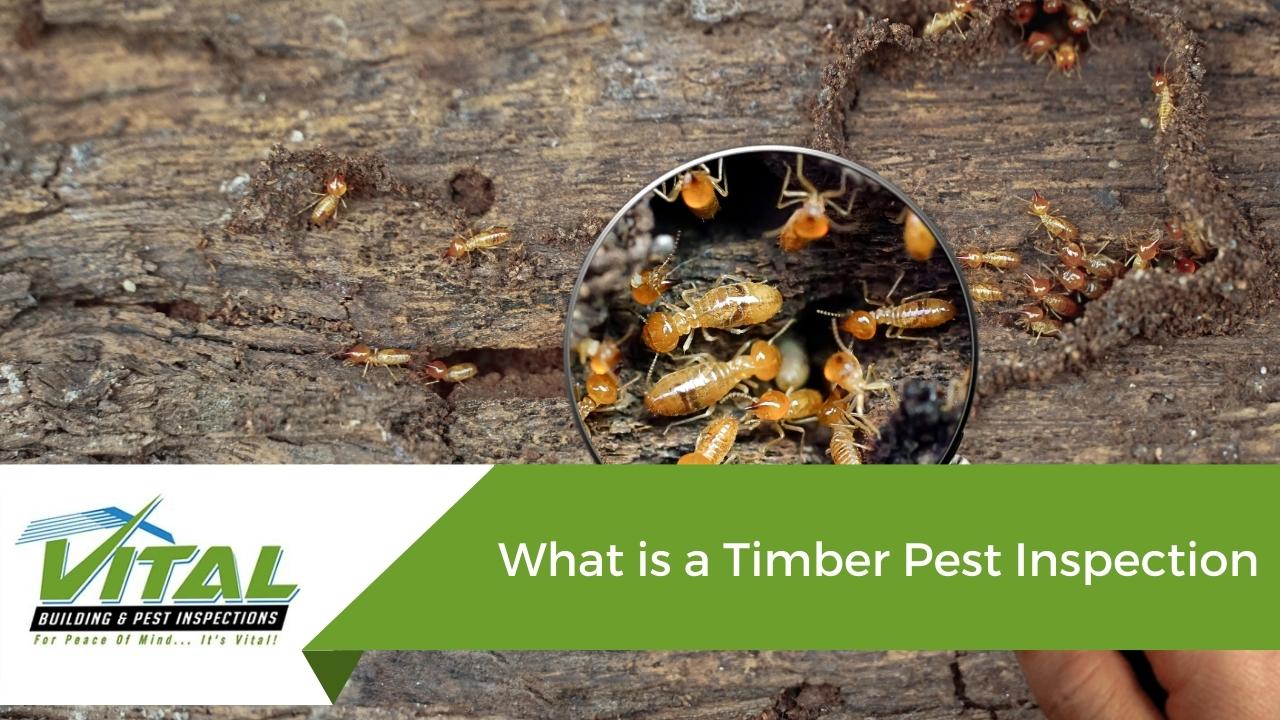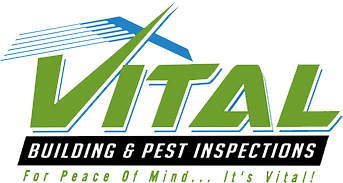There is one form of inspection you cannot afford to ignore, regardless of how long you have lived in your existing home, or whether you are thinking about buying a new home. Infestations of termites and other pests pose a risk to your home’s structural stability. By making the decision to have any pest activity detected in or around the home through frequent timber pest inspections, you can avoid the hassle of structural damage and the possibility for costly repairs.
With the help of a timber pest inspection, you can get a detailed written report on how likely it is that termites and other timber pests will infest your home. It can determine the extent of the property damage caused by termites or other timber pests, as well as their current, past, and probable future activity. Furthermore, at Vital Building Inspections Sydney, all of our Timber Pest Inspection are carried out in strict accordance with Australian Standard 4349.3.
8 Timber Pest Inspection Procedure
1. Book an Inspection
As soon as you notice any pest activity or a potential pest infestation, owners must arrange an appointment with a professional pest inspection specialist. The best approach to ensure that the issue is recognized and resolved before it causes any damages to your property is through this method.
2. Look for Entry and Exit Points
The inspector’s top priority will be to search your property for any potential pest entry and exit point. He will check the roofline and every window and door for wall cracks.

3. Determine the Kind of Pest
The next stage is to determine what kind of pest it is if the symptoms of pest activity were discovered. The professionals can identify pests by examining their physical characteristics, damage, and location of the activity.
4. Evaluate the Infestation’s Severity
Examining the degree of the infestation comes net after the pest has been detected. It will aid in the removal of the infestation. You may be able to handle the infestation yourself if it is not severe. However, if the infestation is serios, it would be prudent to contact a specialist right once rather of waiting.
5. Establish a Treatment Strategy
Creating a treatment strategy to address the infestation is the following stage after the experts have finished assessing the infestation’s state. If you are dealing with a little infestation, there are a lot of DIY products on the market. However, it is preferable to consult professionals and apply their recommended treatment if you are dealing with a severe infestation.
6. Accomplish the Treatment Strategy
You must make sure that the treatment plan is appropriately carried out. To solve the issue, you’ll need to apply the solutions or techniques recommended by the experts. Even while hiring professionals is preferable, if you must do it yourself, carefully read the directions and take each step as directed.
7. Observe the Situation
Following the Implementation of the treatment plan, it is crucial to continue monitoring the condition to ensure the product’s effectiveness. You can search for indications of activity and look for new damage. If other pests are found there, you might need to reapply the treatment procedure.

8. Observe the Situation
After eradicating pests, you must take the appropriate countermeasures to keep them from returning. Wall cracks may need to be sealed, and damage may need to be fixed. The rooftop should not be overlooked either because it could serve as a pest access place. If you observe anything that worries you, don’t be afraid to call Vital Building Inspections Sydney professionals.
What are often Discovered during Timber Pest Inspection?
More than just looking for termite activity is involved in your regular timber pest inspection process, which also includes:
- Whether your property is seriously threatened by borers. Beetles called “borers” lay their eggs in weathered wood. Following hatching, the larvae start eating the wood, eventually developing into adult beetles.
- Overtime, exposed timbers can deteriorate from fungal decay/wood rot and sustain harm. Brown rot, and soft rot are all different types of rot fungi.
- Your roof timbers may appear “frayed” because of chemical delignification. It is sometimes referred to as “hairy timber” and happens when pollutants in the air cause the lignin, which “glues” the timber fibers together, to breakdown.
It’s possible that you won’t even be aware that such pests are all in your house until it’s too late! To prevent pest damage, we advise regular termite inspections, a thorough report, and the administration of appropriated pest treatments as soon as an issue is discovered.
Get a Timber Pest Inspection Today!
To learn more about a Timber Pest Inspection or a combined Building and Pest Inspection, contact Vital Building & Pest Inspection right away.







